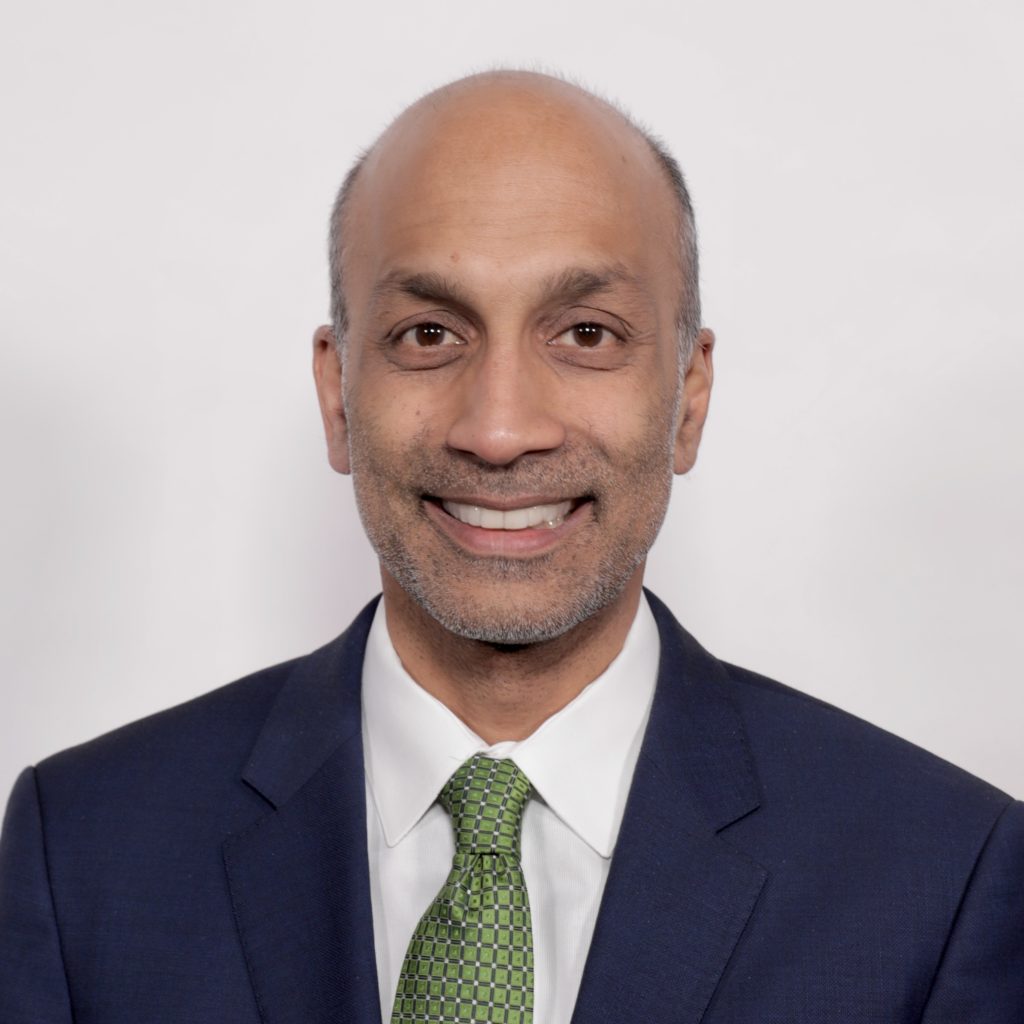LGBTQ+ communities have been historically underserved by hospice, often due to mistrust of the health care system as well as discrimination.
Nearly 1 in 3 transgender adults reported that they had to teach their health care provider about transgender issues in order to receive appropriate care, according to a Center for American Progress 2020 survey. Additionally, 15% indicated that health care staff asked invasive or unnecessary questions unrelated to the services they were providing.
Dr. Balu Natarajan, chief medical officer of AccentCare’s hospice division, recently connected with Hospice News on the end-of-life care experiences and needs of individuals in the LGBTQ+ community, and what hospices can do to better serve these patients.
He is a board member of the National Hospice and Palliative Care Organization and has served as vice-chair and member of the Public Policy Committee and chair of the Palliative Care Council.
Transgender individuals are among the most underserved communities. What are the difficulties of finding gender-affirming hospice care for patients and their families?
In a perfect world, finding hospice and palliative care would not be difficult. Hospice care would be unbiased and equal. But unfortunately, the LGBTQ+ community has some historical reasons to not trust the health care community, and that can extend to wariness around hospice.
Not being understood as a human makes finding gender-affirming hospice care even harder. Many patients fear discrimination or fear being mistreated, which can be very stressful for patients and their families. Another challenge involves finding a hospice provider who will respect what the patient defines as family.
Because of these factors, they often delay hospice services or never seek them out. If they delay services, they lose out on time spent with loved ones and can suffer more because they did not seek out end-of-life care sooner.
How might care needs and goals of care differ in the LGBTQ+ community?
By 2030, 7 million LGBTQ+ older adults will be 65 or older, projected the National Resource Center on LGBTQ+ Aging at the advocacy group SAGE.
We want to make sure their care needs are met physically, mentally, emotionally and spiritually.
We also want to ease their suffering and support them with the best end-of-life care available. Treating them with the same respect everyone else receives is the goal. We want the patient to depart this world in peace and in the best frame of mind possible.
The care team needs to take into account that the patient may not be “out,” and they need to be sensitive when asking routine questions to avoid bias. The patient may fear how to answer binary marital status questions.
Additionally, helping patients understand how to craft clear advance directives and assigning medical power of attorney to a partner or spouse are crucial tasks that the social work team needs to have experience in supporting.
How can providers work to increase access to care?
A crucial key to success is to establish trust with the patient and community. It’s about walking the walk and developing relationships with leaders and professionals before they might need services.
Providers should engage with the LGBTQ+ community by recruiting them as care partners. They must ensure that there is diversity among their staff as well. It is important to let the LGBTQ+ audience know that a provider delivers gender-affirming care by getting the word out in advertising, social forums, community gatherings and support groups.
Education is another key factor. Providers must take care to ensure that nurses and staff have been trained on transgender care issues, such as respecting the patient’s wishes and treating them with dignity.
What’s the greatest risk hospices face if they don’t increase efforts to improve access to these communities?
Hospices will lose an opportunity to care for those who do not have adequate access to crucial services. They will also lose out on business, not just from the LGBTQ+ population, but also from other underserved or marginalized communities who will see that the hospice provider doesn’t have empathy for everyone in their final days.
What are pitfalls for hospices to avoid when strategizing to expand reach into LGBTQ+ communities?
A single certification or staff liaison does not a program make. Building trust may take years and requires an ongoing commitment to cultural competence, and humility, community engagement and dialogue.
Expecting results from one ad during Pride Month may backfire and come across as not authentic. [For example,] a 2015 national study of transgender people found that in the prior year, 23% of respondents avoided going to a doctor when they needed to because they feared being mistreated, and 33% did not go because they could not afford it.
We partner with LGBTQ+ elderly advocacy organizations like SAGE to increase competency of our staff and to advocate for health equity and access in the communities.
How can providers shape their services to be more inclusive of LGBTQ+ social, personal and health needs at the end of life?
One of the first things you have to do is have mindful communication with the patient on what they need.
Listen more and avoid assumptions. Hire and enquire of LGBTQ+ staff for assistance in shaping these services.
Many in the LGBTQ+ community lack caregiving support structures that allow them to age in place and receive hospice care in the home. What can hospices do to build up support systems for this population in particular?
First of all, ask. Conduct focus groups within the LGBTQ+ community to see what they want, need and recommend for support systems.
Next, act on those recommendations.
Then, communicate those support systems and how the hospice service is working to improve a better model of care within the environment they are most comfortable in — their home.
Companies featured in this article:
AccentCare, Center for American Progress, National Hospice and Palliative Care Organization, National Resource Center on LGBTQ+ Aging, SAGE



